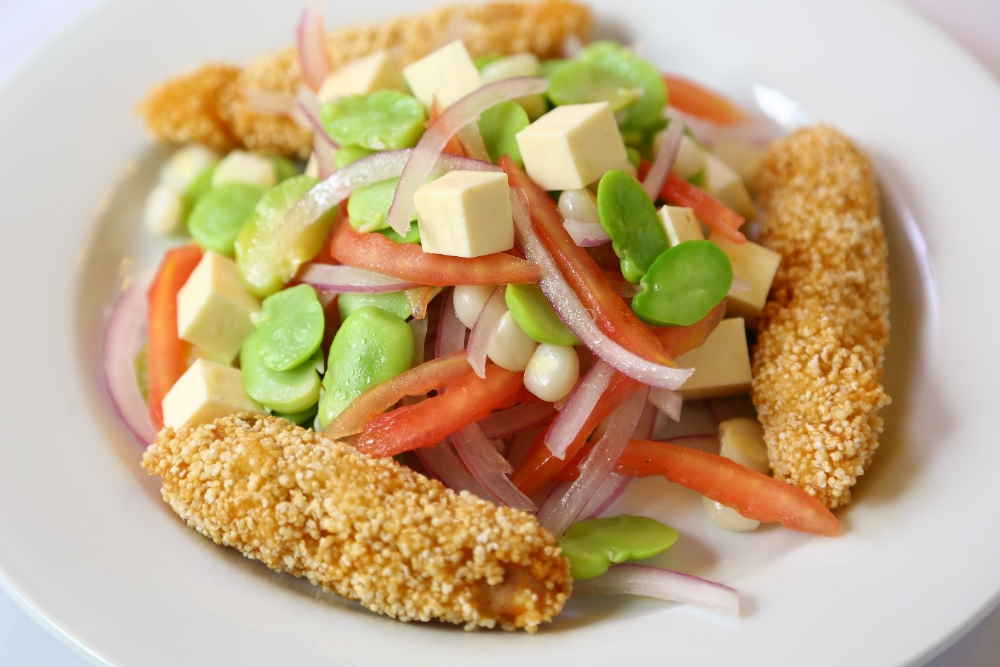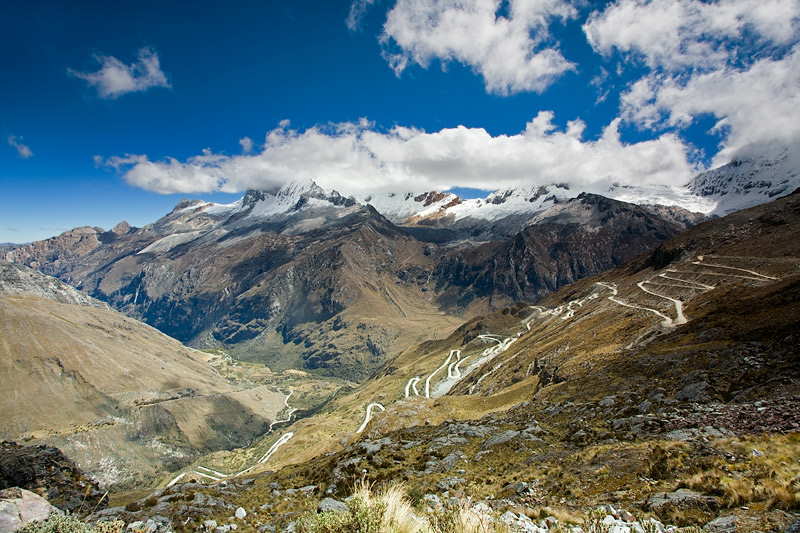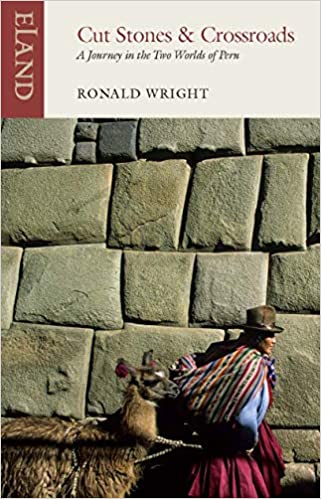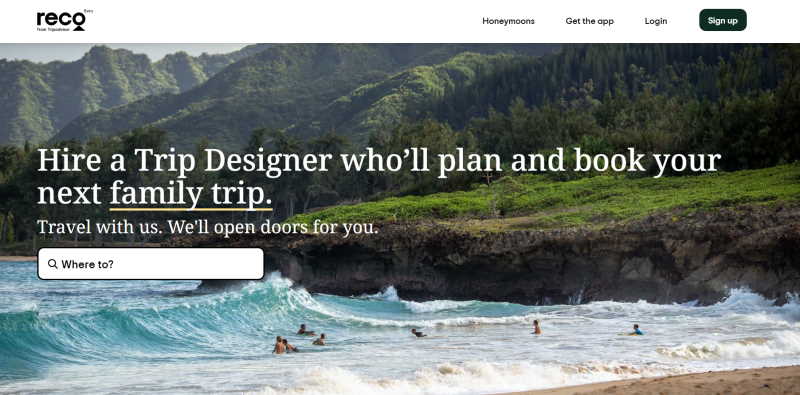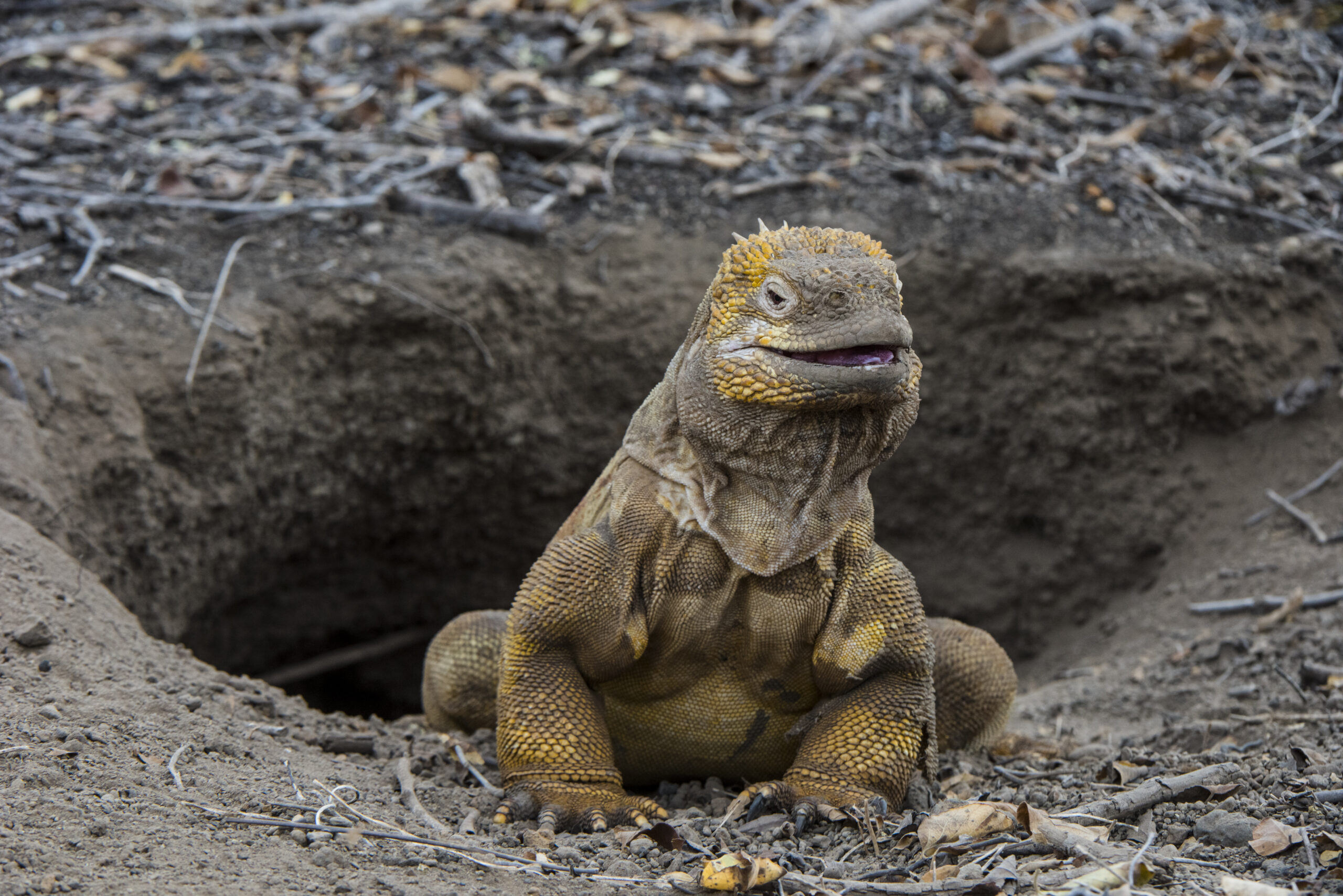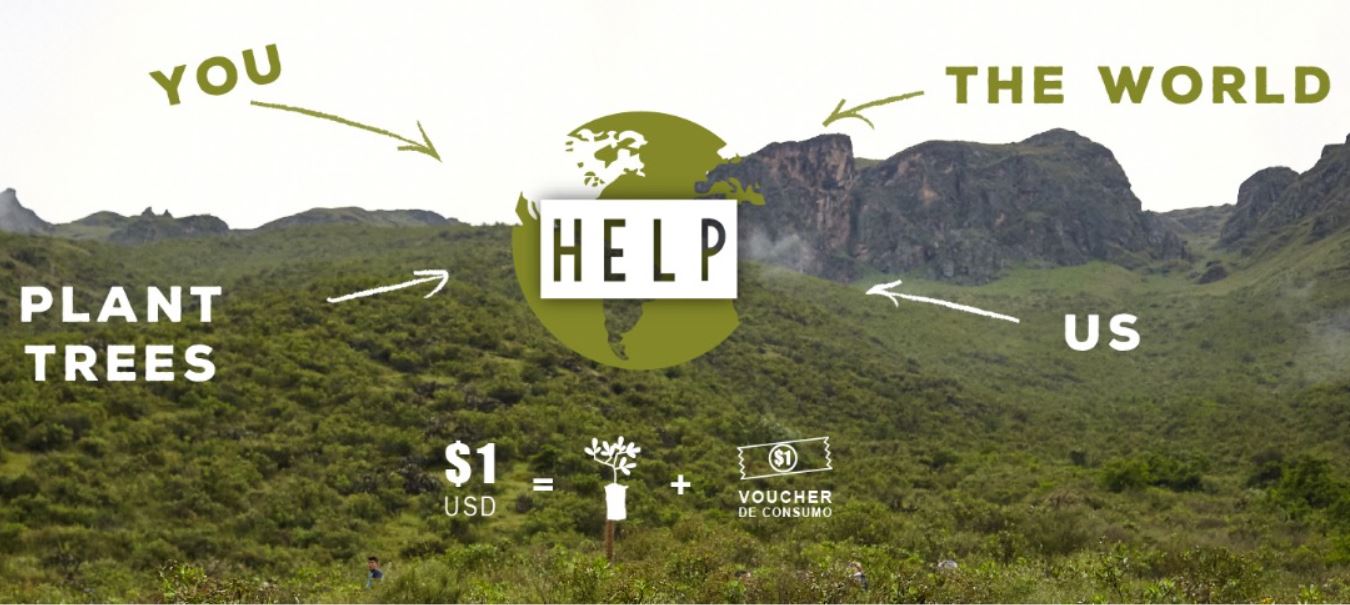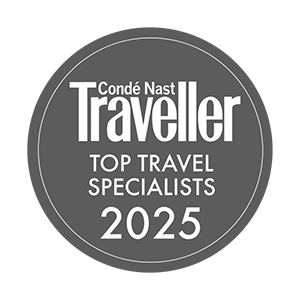This month, Aracari’s special gastronomic advisor Maria Julia Raffo has kindly shared with us the details of five dishes Peruvians love to make in summertime. “Why not use what remains of the summer to bring some Peruvian inspiration into your kitchen” says Maria, whose insight into Peruvian gastronomy and connections to the restaurant scene have […]
